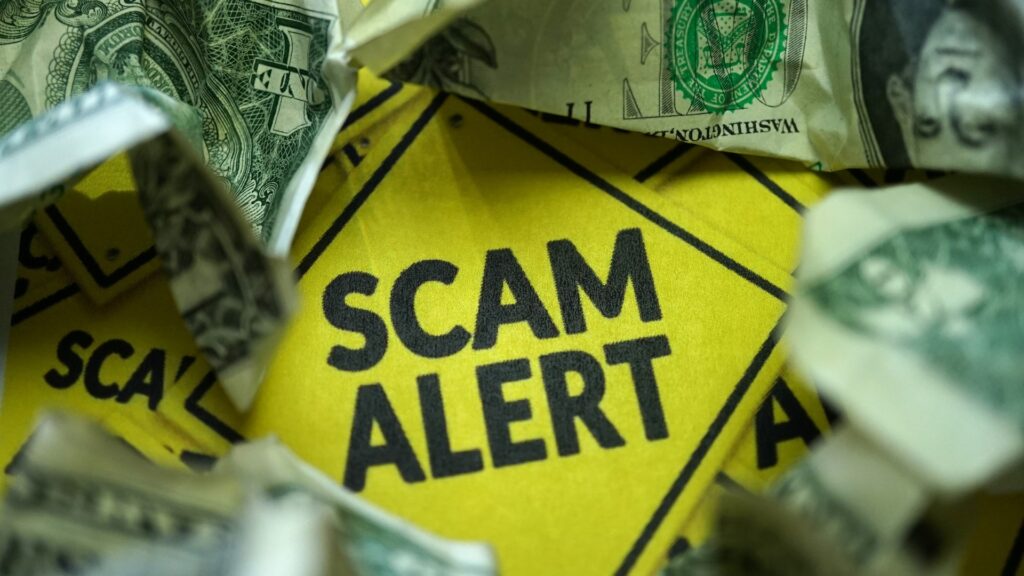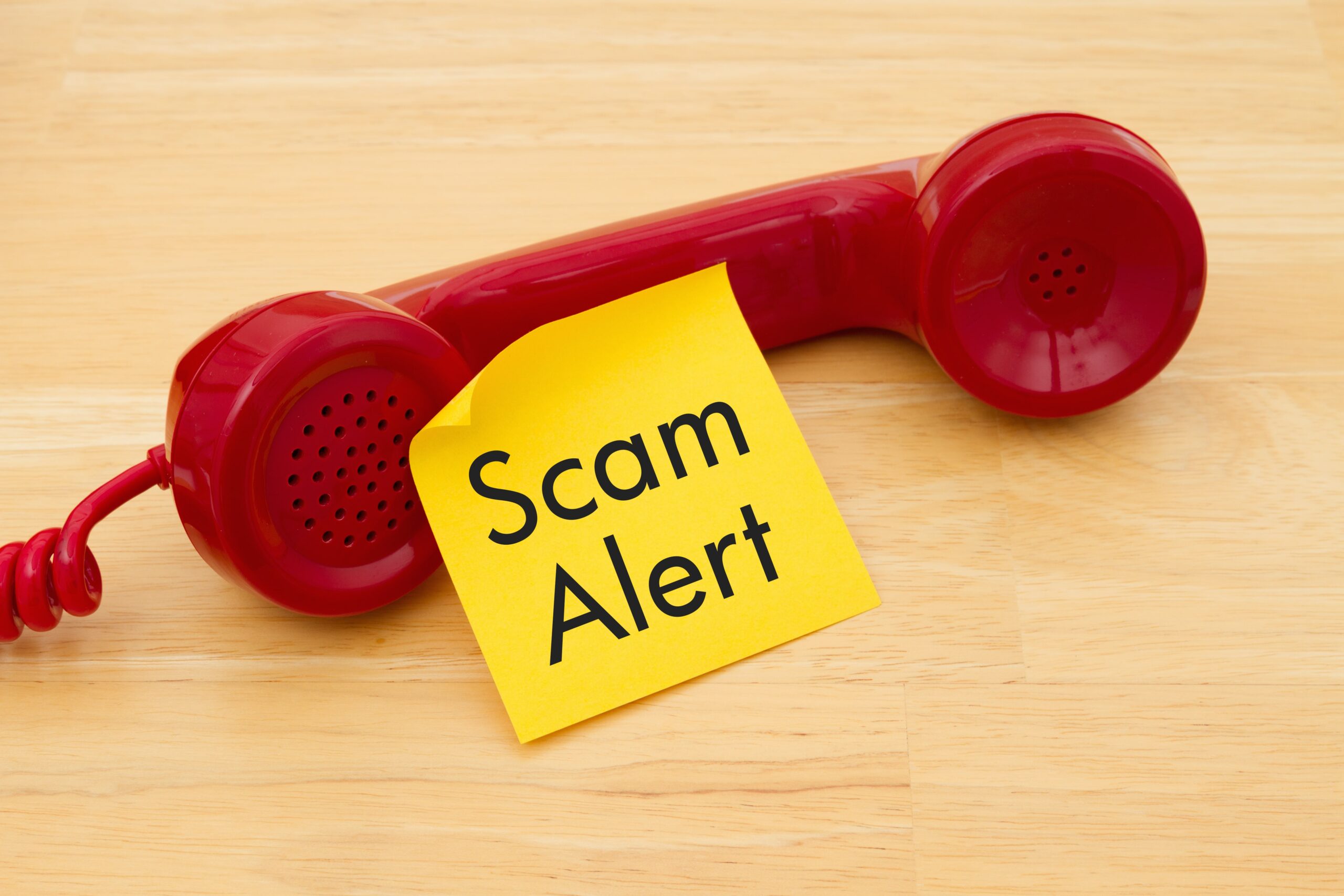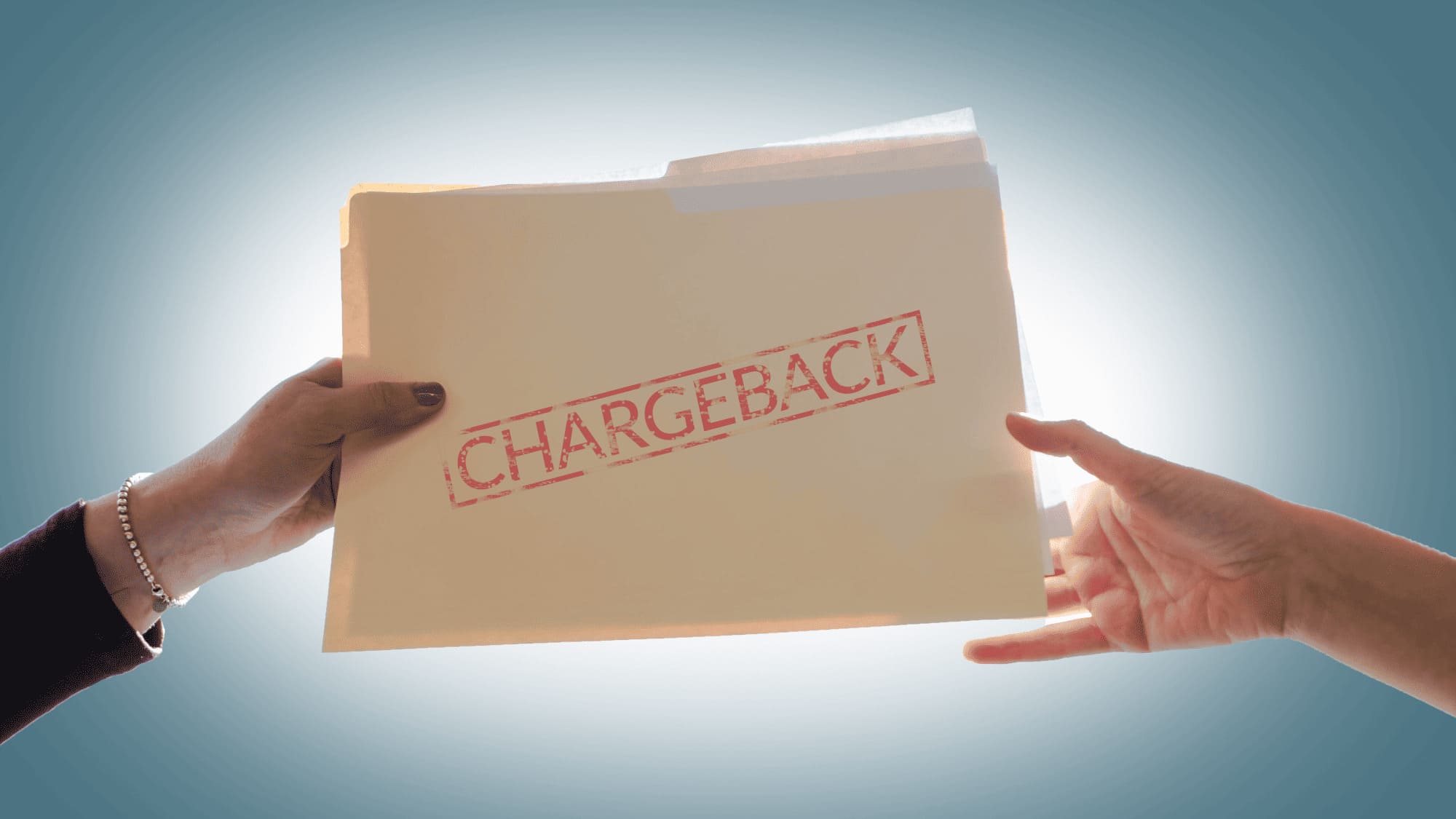Forex (Forex) is one of the largest financial markets in the world, with a daily trading volume exceeding trillions of dollars. However, alongside legitimate brokers, scammers operate on this market, using various schemes to deceive traders. In this article, we will explore the main types of fraud among Forex brokers, their methods, and ways to protect against such threats.
Main Types of Fraud Among Forex Brokers:
Creation of “Kitchen” Brokers (Dealing Desk Brokers)
“Kitchen” brokers (or Market Makers) create an artificial market within the company instead of passing clients’ trades to the interbank market. They profit from their clients’ losses because they act as the counterparty to every trade.
How It Works:
Such brokers can artificially manipulate prices, delay order execution, or even close profitable positions at unfavorable prices for the client.
Example: The broker does not route the trade to the real market but simply records it in their system. If the trader loses money, it goes to the broker.
Illegal Use of Client Funds
Some brokers may use client funds for personal enrichment, investments in risky projects, or other purposes unrelated to trading.
How It Works:
Brokers may hold client funds in shared accounts instead of segregated (separate) ones. This allows them to easily access the money in case of bankruptcy or other issues.
Example: After the broker goes bankrupt, its clients do not get their money back because it was used to cover the company’s debts.
Hidden Fees and Spreads

Some brokers inflate spreads (the difference between the buying and selling price) or charge additional fees that are not disclosed in advance.
How it works:
A trader opens a trade believing they are paying a standard commission but ends up losing more money due to hidden costs.
Example: The broker claims the spread is 1 pip, but in practice, it can reach 5–10 pips.
False Promises and Signals
Fraudulent brokers often offer “guaranteed” strategies, signals, or consultations that supposedly help traders make money quickly.
How it works:
After paying for the service, the client receives useless or incorrect signals, or their account gets blocked under the pretext of violating rules.
Example: An offer to “earn 100% in a week” using special indicators or expert advisors.
Refusal to Withdraw Funds
One of the most common types of fraud is the refusal to withdraw funds after a trader has successfully made a profit.
How It Works:
The broker finds formal reasons to block the account, such as violations of trading conditions, use of prohibited strategies, or an insufficient number of trades.
Example: A trader tries to withdraw their earned money, but the broker requests additional documents or informs them that the account has been frozen.
How to identify a fraudulent Forex broker?

Lack of regulation
Scammers often list false licenses or have none at all. If a broker cannot provide proof of their regulation, this is a red flag.
Exaggerated promises
Be cautious of brokers who promise quick and guaranteed profits. There are no guarantees of success in Forex, and any such claims are a sign of fraud.
Hidden fees and spreads
Some scammers inflate spreads or charge additional fees that are not disclosed in advance. Carefully read the user agreement and trading conditions.
Issues with withdrawing funds
One of the most common types of fraud is the refusal to withdraw funds after a trader has successfully made a profit.
What to check?
- Are there any restrictions on the withdrawal amount?
- Are there complicated conditions that need to be met (e.g., a certain number of trades)?
Fake bonuses
Scammers often offer generous bonuses but then restrict the ability to withdraw funds until complex conditions are met.
What needs to be done to verify a Forex broker?
Study the official website
The broker’s website should contain information about its regulation, office address, contact details, and trading conditions. If this data is missing or raises questions, it’s a reason to be cautious.
Check the regulation
Visit the regulator’s website and look up the broker’s license number in the database. Make sure the license actually exists and matches the company’s type of activity.
Test the demo account
A demo account allows you to test the platform and trading conditions without risking real money. Pay attention to:
- Order execution speed.
- Spread size and commissions.
- Quality of analytical tools.
Check reviews
Study the opinions of other traders on independent forums and websites. It’s especially important to pay attention to complaints about withdrawal issues or poor service.
Contact support
Check the quality of the support service. Reliable brokers provide 24/7 support in multiple languages.
Signs of a reliable Forex broker
Transparency of conditions
A reliable broker clearly states all their trading conditions, including spread sizes, commissions, and deposit requirements.
Wide selection of instruments
A GOOD broker should provide access to various assets: currency pairs, metals, energy resources, stocks, indices, and cryptocurrencies.
Multilingual support
Global brokers ensure support in multiple languages, making collaboration as comfortable as possible for an international audience.
Fund security
Reliable brokers keep client funds in segregated accounts, protecting them from being used to cover the company’s debts.
Signs of a Forex broker scam

Lack of regulation
If a broker does not provide information about their regulation or lists fake licenses, this is a clear sign of fraud.
High deposit requirements
Scammers often demand large initial deposits to increase their profits at the expense of client losses.
Issues with fund withdrawals
One of the most common methods of deception is refusing to withdraw funds after a trader has successfully made a profit.
False signals and strategies
Scammers may offer “guaranteed” strategies or signals that supposedly help make quick money. In practice, these services are useless or even dangerous.
How to protect yourself from fraudulent brokers?
Start with small deposits
Do not invest large amounts immediately after registration. First, test the broker with small deposits.
Avoid bonuses
Many scammers use bonuses as bait. After receiving a bonus, they impose complex conditions for withdrawing funds.
Be cautious with documents
Never send too much personal information to a broker unless necessary. Ensure the company is truly legitimate.
Consult with experienced traders
Join trading communities and forums to learn other users’ opinions about a specific broker.
What to Do If You Become a Victim of Forex Broker Scams?
Encountering a fraudulent Forex broker can be an extremely unpleasant experience. However, even in such a situation, there are steps you can take to minimize the damage and attempt to recover your funds. In this article, we will examine in detail what you should do if you encounter fraud from a broker.
Assess the situation: What happened?
The first step is to understand exactly how you were deceived. Here are the main scenarios:
- Refusal to withdraw funds: The broker blocks your account or demands additional conditions be met for withdrawal.
- Unauthorized use of funds: Funds disappeared from your account without your consent.
- False promises: The broker provided misleading information about profits, bonuses, or trading conditions.
- Use of market manipulations: The broker artificially created delays or altered prices to close positions against you.
Document All Actions
Before taking any steps, gather all possible evidence. This will help you in future communications with regulators or law enforcement agencies.
What to Document?
- Emails and correspondence: Save all communication with the broker (via email, chat, or phone).
- Transactions: Take photos or print all transactions related to deposits and withdrawals.
- Platform screenshots: Capture images of your account, trade history, and any messages from the broker.
- Contracts and agreements: If you signed any documents with the broker, keep copies of them.
- Logins and passwords: Record your account access details, as they may be used to verify your identity.
Try to resolve the issue on your own
Before seeking help from third parties, try to resolve the issue directly with the broker.
Steps:
- Contact customer support: Submit an official complaint through the feedback form or chat on the broker’s website. Specify the issues and provide evidence.
- Request account unblocking: If your account is blocked, explain the reason and request its unblocking.
- Clarify withdrawal conditions: It’s possible you haven’t met certain requirements of the broker (e.g., a minimum number of trades). Find out the exact reasons for the refusal.
- If the broker ignores your requests or continues to act unlawfully, proceed to the next step.
Contact the regulator
If the broker is regulated by an authoritative organization, you can file an official complaint. Regulators have the authority to investigate the company’s activities and, if necessary, require it to compensate for losses.
Main regulators:
- FCA (UK): Oversees the activities of brokers in the UK. You can file a complaint through the form on the FCA website.
- CySEC (Cyprus): Regulates most European brokers. Submit a complaint through the official CySEC website.
- ASIC (Australia): Protects the interests of traders in Australia. Use the form on the ASIC website to submit a claim.
- NFA/CFTC (USA): Regulate US brokers. File a complaint through the NFA Resolver system.
How to file a complaint?
- Check the broker’s license: Ensure that they are indeed regulated by the chosen organization.
- Fill out the complaint form: Provide details of the incident, submit evidence, and attach documents.
- Wait for a response: The regulator will conduct an investigation and inform you of the results.
Contact the police
If the fraud involves large sums of money or constitutes a criminal offense, you can contact your local law enforcement authorities.
What to include in the statement?
- A detailed description of the incident.
- Copies of all documents related to the broker (contracts, payments, correspondence).
- Information about the lost funds (amounts, transaction dates).
Important:
In some countries, Forex fraud is considered an economic crime. The police may launch an investigation, especially if there is evidence of large-scale deception.
Use fund recovery services
If standard methods do not help, you can contact specialized companies that deal with recovering funds from fraudulent brokers. The most well-known ones include:
- ChargebackMe: A company that helps recover money through the chargeback mechanism for bank cards or PayPal.
- The Chargeback Guys: Provides services to recover funds through banks and payment systems.
- Forex Fraud Recovery Services: Specializes in assisting traders who have been victims of fraudulent brokers.
How does it work?
- Submit an application: Describe the situation and provide evidence.
- Pay for the service: Most companies charge a fee for their services (usually a percentage of the recovered funds).
- Wait for results: The process can take several months, but the chances of success are higher if you have strong evidence.
Leave a review
Share your experience on independent forums and broker rating websites. This will help other traders avoid mistakes and warn potential clients about fraudulent activities.
Where to leave a review?
- Forex Peace Army (FPA): A popular forum for discussing brokers.
- MQL5 Community: A MetaTrader trader community where you can leave feedback.
- Trustpilot: A global platform for reviewing companies.
- Reddit: Subreddits related to trading and finance.
Contact international organizations
If the broker is registered in another country, you can reach out to international organizations such as:
- International Financial Services Commission (IFSC): Regulates brokers in Belize.
- Financial Ombudsman Service (FOS): Resolves disputes between traders and brokers in the UK.
- Consumer Financial Protection Bureau (CFPB): Protects consumer rights in the USA.
How to proceed?
- File a complaint through the official channels of these organizations.
- Attach all collected evidence.
Contact your bank or payment system
If you paid the broker through a bank card or e-wallet, you can try to recover your money via a chargeback.
How to process a chargeback?
- Contact your bank: Submit a request for a payment refund, specifying the reason (e.g., “fraudulent activity”).
- Attach evidence: Provide copies of payments, correspondence, and other documents.
- Wait for a decision: The bank will conduct an investigation and make a decision regarding the refund.
Important:
A chargeback is usually only possible within a specific time frame (typically 60–120 days after the payment).
Consult lawyers
If other methods have not yielded results, you can consult lawyers specializing in financial disputes.
What can lawyers do?
- Prepare a lawsuit against the broker.
- Assist in gathering additional evidence.
- Represent your interests in court or before regulators.
Choosing a legal firm:
- Look for specialists with experience in dealing with financial fraudsters.
- Ensure they operate legally and have positive reviews.
Join class-action lawsuits
If you are not the only victim of this broker, you can join a class-action lawsuit. Such lawsuits are often more successful because they combine the efforts of many people.
How to find class-action lawsuits?
- Search for information on trader forums.
- Contact law firms specializing in class-action lawsuits.
Revise your security strategy
After the incident, it’s important to review your approach to choosing brokers and managing risks.
What to do?
- Verify regulation: Always check the broker’s license before working with them.
- Use a demo account: Test the platform and trading conditions without risking real money.
- Avoid large sums initially: Start with small deposits.
- Be cautious with bonuses: Avoid brokers offering overly attractive terms.
Don’t repeat mistakes
To avoid becoming a victim of fraud again, remember the key rules:
- Never rush: Conduct thorough research before working with a broker.
- Read reviews: Analyze feedback from other traders.
- Check for regulation: Only work with companies licensed by reliable regulators.
Emotional support
Dealing with scammers can cause stress and disappointment. It’s important to stay calm and avoid making hasty decisions.
What to do?
- Discuss the situation: Talk to friends or colleagues.
- Join communities: Many forums offer psychological support to affected traders.
- Don’t lose hope: Even if the fund recovery process takes a long time, it can still end successfully.






